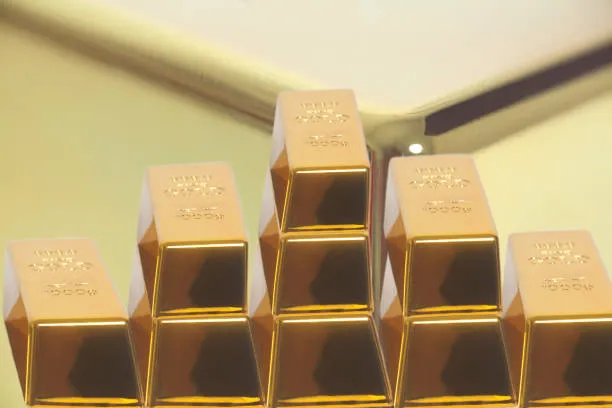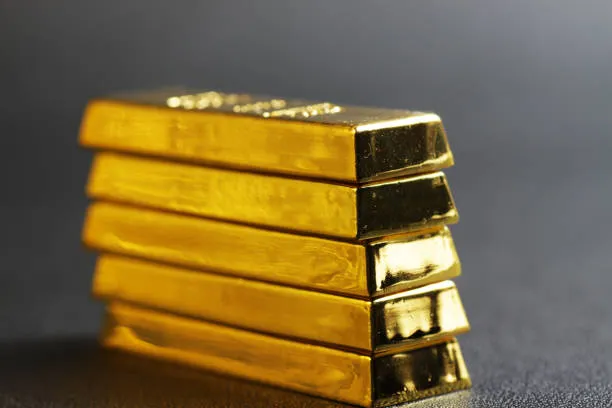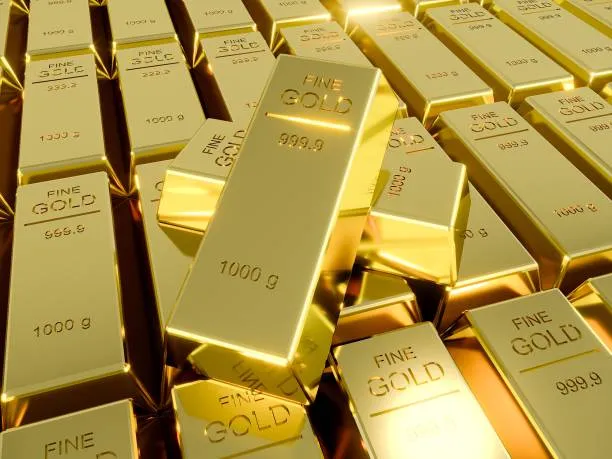The Real Value Whether it comes to the 18k gold rate per gram, it can be difficult to know how to tell quality over price.
You are looking at gold bangles, wedding rings or perhaps a classic chain. The most obvious one is the 18k gold rate per gram. That ought to be a Sherlock Holmes ticket to a fair price, theoretically, on paper. Not so at least, until you have found out the “premium” orbiting around that base rate like a perpetual satellite you hardly perceive. That is where the retailers, the jewellers and the online sellers stuff their profit. Unless you consider it into account, it is flying blind.
So, to show how UK buyers can pull out a calculator and cut the sleet, let us digest the precise amount overpayment by the gram of beautifuls in UK.
What is the Reason of the Presence of this Premium?
Gold does not fall into the shop of the jeweller without any process. It is transported, processed, fashioned, carved and polished. The distribution introduces overheads, labour, rent, advertising, shipping, display, payment processor fee etc etc etc, just like the proverbial laundry on bank holiday Monday. No-one sells at the raw cost of the market. The premium is all additional pennies which one would pay above the bare 18k gold price per gram.
Even when you do get quality it tends to be the quality you can see (finish, gemstones and polish), and the quality you can not (insurance, security, that very nice shop assistant who has just offered you a cup of tea).
Step 1: Get the price of Raw 18K Gold Per Gram
How are they Mansplaining Market Titles Today?
Begin with the beginning. The price you read about the gold (mostly in the press at Bloomberg, BullionByPost, XE.com) is always 24k (pure) gold. However at 18k? Multiply the spot gold rate with 0.75 (75 percent pure).
Suppose the live spot gold price today is 50 pounds a gram:
Base price of 18k gold = 0.75 * 50 = 37.50 Pounds sterling per gram.
That is your bare no-extras minimum.
UK jewellers (and pawnbrokers, too) do post their 18k gold price daily, nice when they do, never assume it is up to date or without add-ons.
Step 2: Coming Up in Weighs the Jewellery (Well that is literally)
Not Everything That Is gold has Equal Weight
Jewellery is nearly always auctioned by the weight of gram. Look at the label on the product, read it on the web or simply ask the questions, ”How many grams does this piece weigh?” It is possible that the ring shops will avoid the question, but pressure on.
When you have determined the weight, then multiply:
Base gold value = the weight in gram x 18k gold rate per gram.
e.g. A 10g bangle priced in gold at 37.50 GBP/gm = 375 base gold value (in GBP).
Recollect: that is only the value of the raw gold at that, not even at the retail price!
Step 3: Compare the Sticker Price with Gold Value
The and (or ) Calculation
That is where the wheels turn. Subtract the value of raw gold to the retail sticker price. The other is the premium that you are going to pay.
Retail price = ( weight x 18k gold rate per gram) = premium.
Get back to the 10g example:
They are proposing to sell you a 10g 18k bangle at 550 pounds.
Gold value (g x 37.50) = 10g x 37.5g = 375
Premium: 550 – 375 = 175
Thus the premium would be 175 – or about 47 percent over the gold. The percentage helps you tell how you are being fleeced or bagging a sensible deal.
Means and Traps
In UK high street stores the price reduction can be down as much as 20 percent and at a high of 150 percent and even higher on branded or designer products.
When the piece is stuffed with stones or other elaborate work, or is of a well known trademark, the premium can put a tear- gland in the eye.
Step 4: Include VAT and extras
Be careful not to be stung-under UK tax, virtually all new jewellery is charged at 20 per cent VAT. Bullion and some gold investment coins: there is no VAT. That transforms the game.
On our 550 pound bangle, presume that it is pre VAT: 550 pounds + 20 percent: 550 + 20 pounds = 660 pounds total.
When VAT is there, that is good. However, it is necessary to check and ask directly.
The online retailers also have insurance, delivery, and admin charges to keep an eye on.
Step 5: Your Shopping North Star is the Premium
Negotiation and Comparison
When you have the premium you can negotiate in earnest. When two chains that are comparable in design would weigh 8g with one having a 30 premium and the other charging 90%, you will obviously know which is the worse off one.
Besides this, you can as well confront the sales assistant with a question like, why is this at a high premium? In other cases they will evade. Others you might hear of increased labour rates or custom design or gemstone decorations. One way or another you have got your gun.
The Marketing Tricks: On the Lookout
The retailers have a way of attracting your attention, with a headline like today gold price! and then go on to tantalize you by the discussion of direct gold value. Don’t bite till you have done these sums. A sale just beside the gold price may just reduce the premium to the mid-market price level but not necessarily into a good price.
When the product has a brand value behind it, that is Cartier, Tiffany, or people domestic, then the premium will also be added to it. It may be up to you on whether the excess glam and name-drop are justifiable or not.
Last Word: It is all about Context
To know the rate of 18k gold per gram is the entry ticket. That is where the real money is calculating the true premium over it. If you are kitting something out to celebrate, buying investment items, or intending to resell, it is probably worth calculating the numbers and being sceptical of the prices of everything in a shop window.
Remember, the best investments are those that you are sure about what you are actually receiving in return of your pound. Then next time someone with a sales pitch in front of your face offers you a bargain, they will be the ones asking the cunning questions as you already have your calculator out. Who says maths can not rescue you gold?







